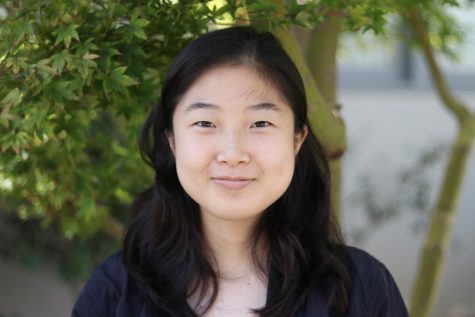From Sappho to Today
August 22, 2016
Despite the fact that the term “feminism” came into play around the 1970s, ancient precedents date back far before the 20th century; feminist ideals were expressed by Greek philosopher Sappho as early as 570 BCE Feminist history is conventionally divided into three or four “waves.”
The first wave of feminism was centered in America and the United Kingdom. It arose from the previous industrial era, striving to create more opportunities for women and promote women’s suffrage.
Many historians trace the first wave’s origins back to the 1848 Seneca Falls Convention in New York, led by Elizabeth Cady Stanton. Stanton was among the leaders of women’s rights at the time, along with Lucretia Mott, Lucy Stone and Susan B. Anthony. About three hundred people attended, both male and female; the focus was equality for women in social, civil and religious spheres. The “Declaration of Sentiments and Resolutions” was proposed, modified and approved at the convention. It stated that women were entitled to the right to vote and ought to be permitted to do so. The Declaration was not only a milestone accomplishment for the event but also for the first wave overall, and it would later become known as one of the most important documents advocating women’s rights.
The second wave lasted from the 1960s to the mid 1990s, and advocated for equality beyond politics, particularly in the role of women in the household and society. This second wave of feminism is seen as more radical than the first; a significant effort was devoted to the Equal Rights Amendment of the Constitution which, in essence, stated that all citizens were entitled to equality regardless of their sex and race.
In 1963, Betty Friedan published “The Feminine Mystique,” a novel that verbalized the unspoken discontentment that housewives experienced in their monotonous household positions. “But is this all there is to life for a woman today?” Friedan asked her readers. Friedan’s book struck a chord with many and furthered the second wave for women’s rights.
The third wave, emerging in the midst of the 1990s, expanded upon previously established feminism, while differentiating itself from the other movements by advocating for women from all backgrounds. The most major change between the second and third waves was the third wave’s emphasis on encompassing female demographics other than the upper-middle class white women of the second wave. The third wave alleviated the pressure to wear makeup and high heels that restricted feminists of the past.
Some argue that the third wave of feminism is still underway, while others argue that a fourth wave has begun. The fourth, when recognized, is defined as utilizing technology and digital media to promote feminism. Opponents of the fourth wave argue that using digital media trivializes the issue of gender equality because many casually affiliate themselves with feminism to show their support but do not actually advocate for true change. Regardless of their true dedication to the movement, feminists of the fourth wave aim to make equality between women and men inclusive of other factors, such as race and social class.
Feminism has an illustrious history, brimming with landmarks and prominent leaders. While short-term goals and methods of activism may have differed throughout its various movements, the underlying principle of feminism has not wavered. The movement for equality between women and men undoubtedly remains, and the future will certainly bring more voices and change.


